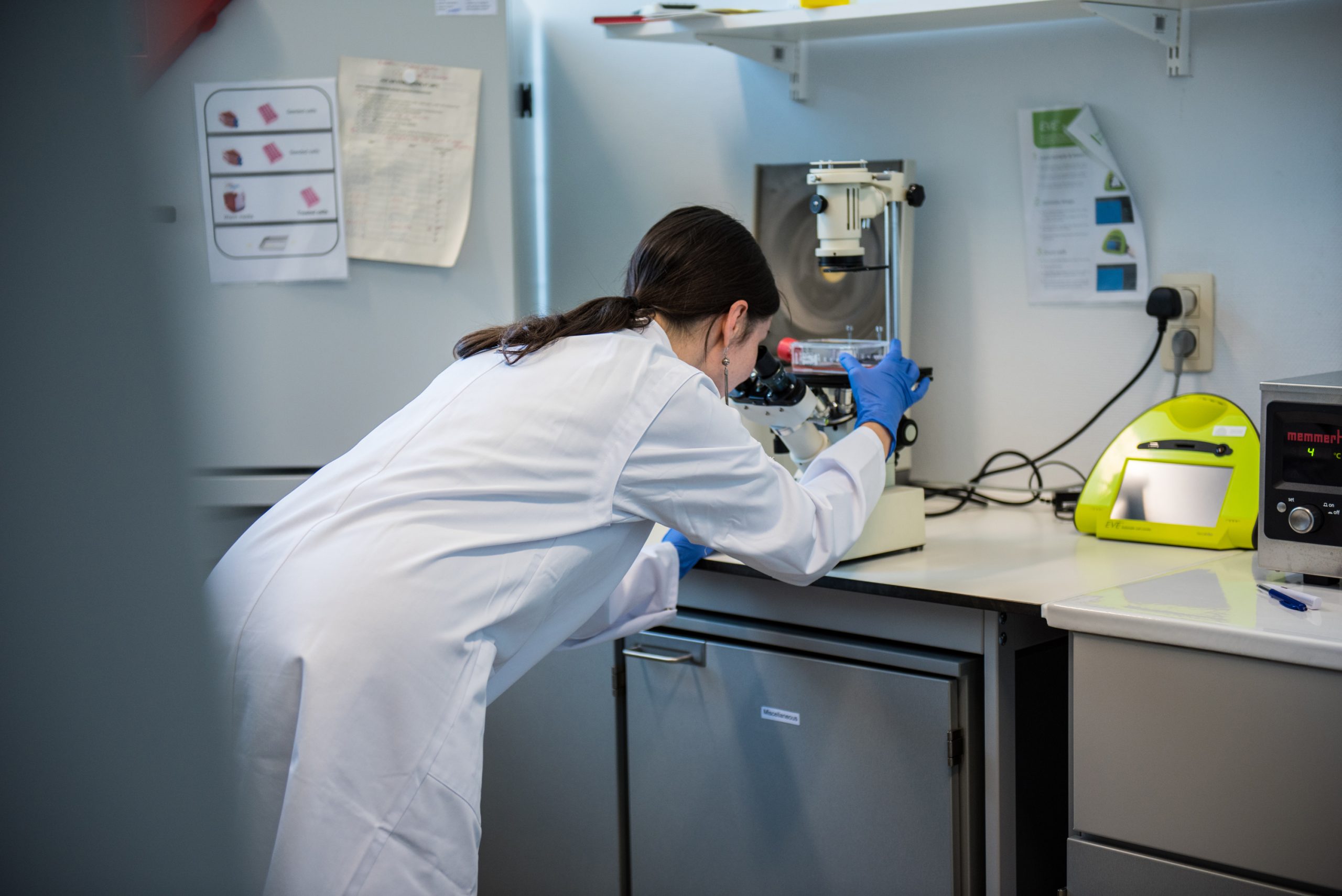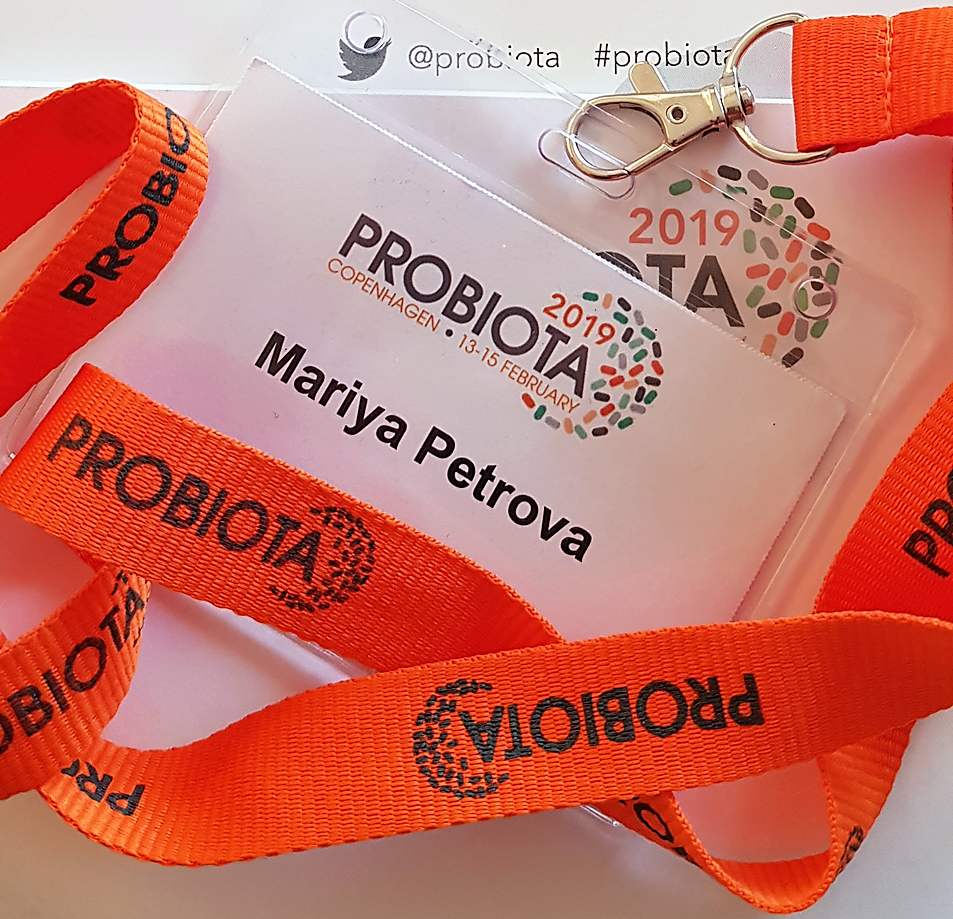1-10 of 10 results
-

Microbiome endpoints in clinical trials for biotics – where do we stand and what have we learnt?
I’m sure you’ve read the results of trials similar to these (fictional) conclusions: ‘Our findings showed an increase in Faecalibacterium and Enterococcus, two… -

Looking back and looking ahead: ISAPP session focuses on the past, present, and future of the biotics field
Kristina Campbell, MSc, and Prof. Dan Tancredi, PhD, Professor of Pediatrics, UC Davis School of Medicine and Center for Healthcare… -

Mini-tutorial on statistical analysis: Correcting a common misinterpretation of p-values
Daniel Tancredi PhD, Professor of Pediatrics, UC Davis School of Medicine and Center for Healthcare Policy and Research, Sacramento, CA…. -

Safety and efficacy of probiotics: Perspectives on JAMA viewpoint
By Mary Ellen Sanders PhD, executive science officer, ISAPP, and Daniel Merenstein MD, Department of Family Medicine, Georgetown University School… -

Challenges ahead in the probiotic field – insights from Probiota 2019
By Dr. Mariya Petrova, Microbiome insights and Probiotics Consultancy (MiP Consultancy), Bulgaria. Recently, I attended the Probiota Conference, which brings… -

Clinical evidence and not microbiota outcomes drive value of probiotics
By ISAPP Board of Directors, plus Prof. Francisco Guarner and Dr. Bruno Pot September 10, 2018 Two recent papers have… -

Efficacy and Effectiveness Studies
By Michael D. Cabana, MD, MPH In the world of clinical trials, reproducibility (or consistency) of results across different clinical… -

ISAPP Digs Deeper into Evidence on Probiotics for Colic with New Meta-Analysis
January 3, 2018. Evidence exists for gut microbiota differences between infants with and without colic, with one probiotic strain of… -

The Times They Are A-Changin’ With Probiotics
I had a surprising encounter a few weeks ago in the clinic. I was caught off guard, had to take… -

Interpreting Risk Reduction in Probiotic & Prebiotic Clinical Trials
November 2017. By Prof. Michael Cabana MPH MD, Professor of Pediatrics, Epidemiology & Biostatistics and Chief, Division of General Pediatrics,…